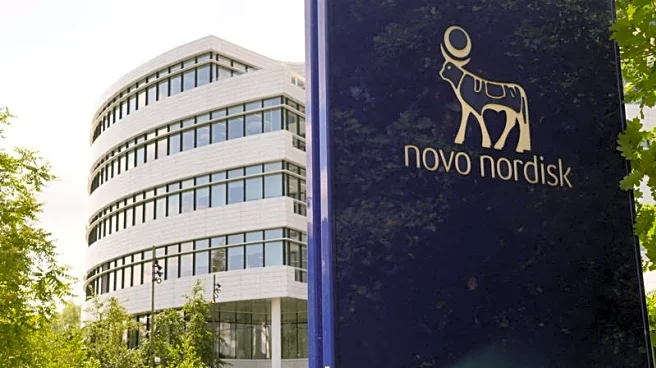What is the story about?
What's Happening?
Recent research from ResumeTemplates reveals that nearly 60% of surveyed U.S. workers are experiencing 'quiet cracking,' a term describing employees who feel drained and disengaged while maintaining appearances at work. This phenomenon highlights systemic workplace issues, including excessive workloads and poor management. Experts suggest that HR leaders need to address these challenges through strategic leadership and cultural transformation. The study indicates that the stress associated with quiet cracking could lead to significant business impacts, such as increased employee turnover and decreased productivity.
Why It's Important?
The trend of quiet cracking underscores the urgent need for organizations to address workplace stress and burnout. As employee stress levels rise, businesses face potential losses in productivity and increased turnover rates. Addressing these issues is crucial for maintaining a healthy workforce and ensuring long-term organizational success. By empowering managers and fostering a supportive culture, companies can mitigate the risks associated with quiet cracking and improve employee well-being. This approach not only enhances employee satisfaction but also contributes to better business outcomes.
What's Next?
Organizations are encouraged to implement strategies that empower managers to recognize and address stress early. This includes revising manager training programs to focus on change management and destigmatizing discussions about well-being. Additionally, companies should leverage data to gain insights into employee experiences and proactively address stressors. By investing in employee development and well-being, businesses can create a culture that supports growth and resilience, ultimately reducing the prevalence of quiet cracking.
Beyond the Headlines
The quiet cracking phenomenon highlights the importance of psychological safety in the workplace. Employees need to feel secure in voicing concerns without fear of repercussions. Building trust between management and employees is essential for fostering open communication and preventing burnout. As organizations navigate technological transformations and economic uncertainties, prioritizing employee well-being becomes increasingly critical.
AI Generated Content
Do you find this article useful?















